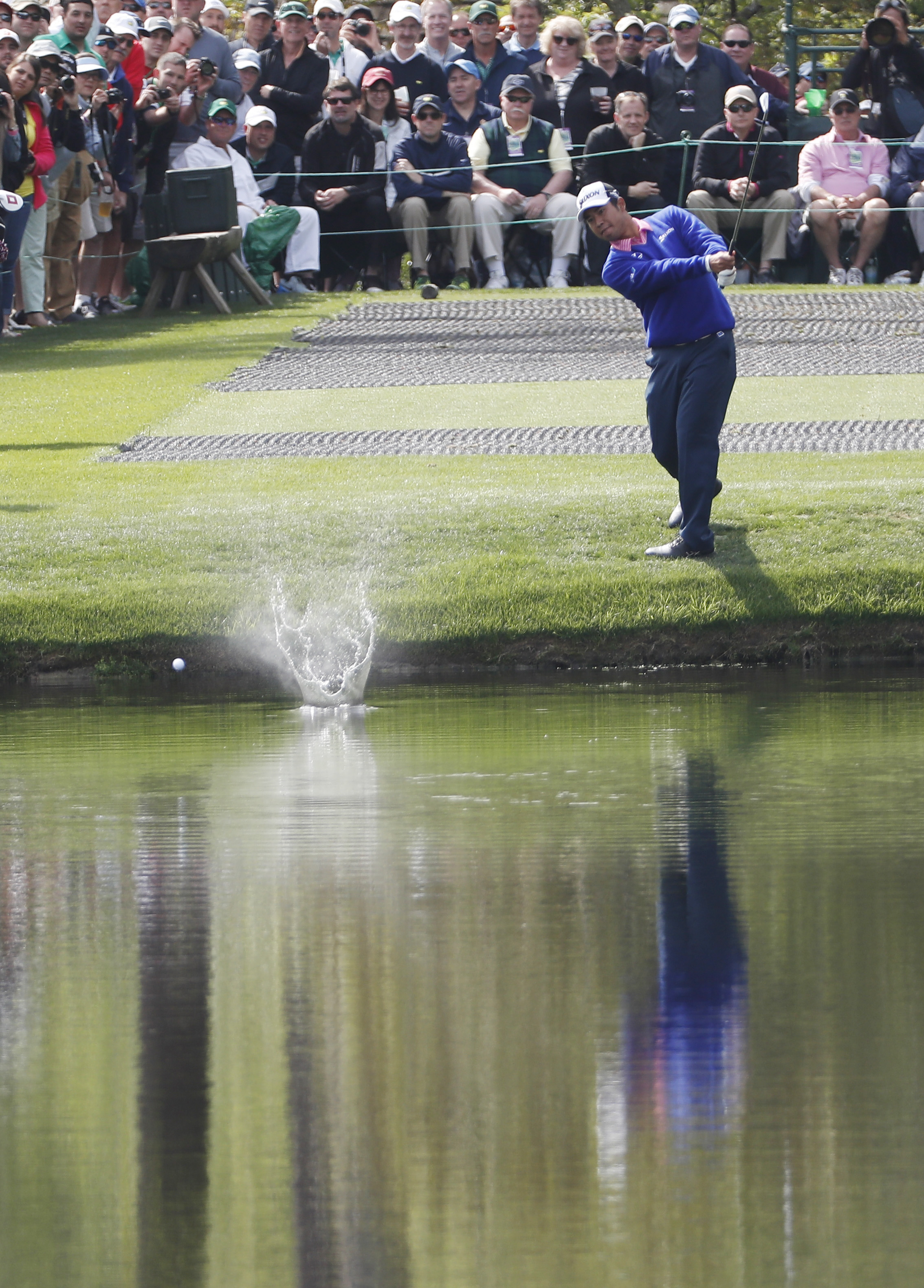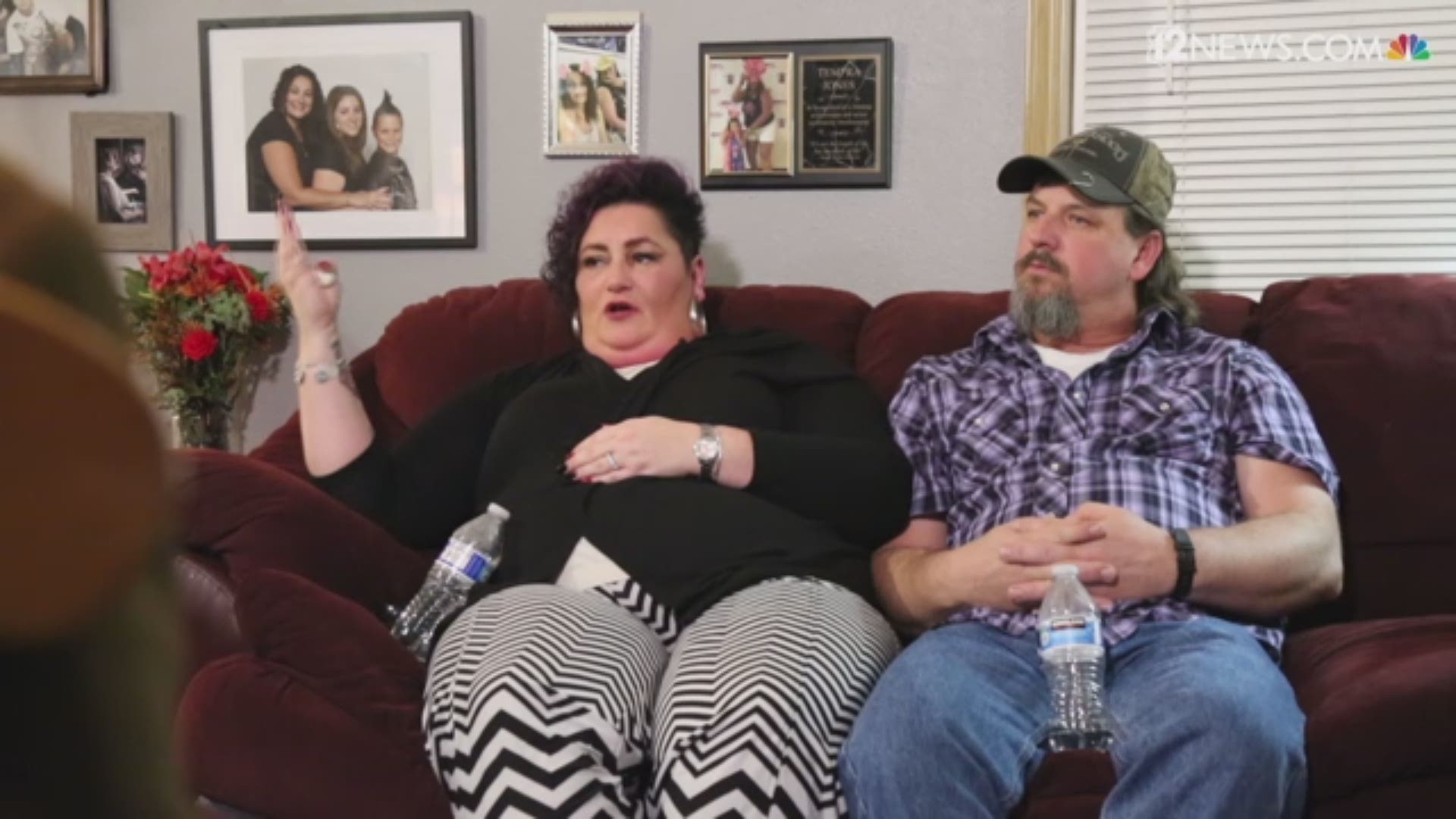AUGUSTA, Ga. (AP) — The grass in the fairways is nicer than the carpeting in most homes. If the 300 or so club members ever descended on New York en masse wearing their trademark jackets, they'd immediately be awarded a float in the St. Patrick's Day parade. The event always coincides with prime time for Georgia vegetation, with azaleas and dogwoods sprinkling color on a backdrop of pines, magnolias and Bermuda grass.
Take your pick: At least 50 shades of green, everything from avocado to veridian, are represented at Augusta National. That's just one of the things that makes the Masters one of the best events in sports. It's the only major golf tournament held at the same venue every year, and — as the television promotions always remind viewers — it boasts a "tradition unlike any other."
Some of the best:
HONORARY STARTERS
The first tee on the opening day of the Masters might be the closest thing to a living, breathing interactive Hall of Fame exhibit in sports.
Past Masters champions are invited to strike a ceremonial opening tee shot each year and this time around, the drives were clubbed by six-time winner Jack Nicklaus and three-time champ Gary Player, with Arnold Palmer, who owns four green jackets, looking on.
The tradition began with Jock Hutchison and Fred McLeod teeing off in 1963. Since then, here's a few of their successors: Gene Sarazen, Byron Nelson, Ken Venturi, and Sam Snead.
Don't worry about a drop-off in quality anytime soon, either. Still in the pipeline are Tom Watson, Nick Faldo, Phil Mickelson and Tiger Woods.
___
I'LL HAVE WHAT HE'S HAVING. WAIT, ON SECOND THOUGHT ...
The defending champion picks the menu for Tuesday night's Champions Dinner. Considering the home cuisine of some past winners, members decreed that attendees who get queasy can simply order off the basic meat-and-potatoes clubhouse menu. The exception came in handy when 1988 winner Sandy Lyle settled on Scotland's national dish, haggis (ingredients: sheep's pluck, minced onion, oatmeal, suet, spices, and salt; encased in a sheep's stomach).
"Oh, I hope he enjoys it," said six-time winner Jack Nicklaus, apparently before opting for the club sandwich.
___
VACANCY, NO PETS
Most fans know what the interior of Butler Cabin looks like by heart. Cozy. Bobby Jones' portrait poised on a fern-covered fireplace mantle. Precious few viewers, though, knew what the exterior looked like until 2011, when leader-at-the-moment Rory McIlroy smashed his drive off the 10th tee Sunday into a tree and on the cabin's front lawn.
Some people thought McIlroy just showed up to collect his green jacket early — until they saw him holding a golf club. Still, a stay in any of the 10 cabins on the grounds for visitors and guests, including the one built for President and Mrs. Eisenhower, is an exclusive perk.
___
VACANCY, NO PETS-PART 2
The "Crow's Nest" sounds like the location for a great frat-boy movie. Up to five college-aged guys crammed into a 30-by-40-foot room with bunks, a game table and TVs, perched atop the Augusta clubhouse and one of the world's best stocked wine cellars and bar. What could go wrong?
Actually, the odds of any hijinks is near zero. The nest is offered to those amateurs who merit a Masters invitation and no player — Jack Nicklaus, Ben Crenshaw and Tiger Woods have all stayed there — would risk his playing privileges to sneak a beer.
___
CAN I GET AN AMEN?
Best nickname in sports? The risk-reward stretch of Nos. 11-13 at Augusta, originally dubbed "Amen's Corner" nearly six decades ago by legendary golf writer Herbert Warren Wind has to be a contender.
It sounds even cooler when you know both the backstory — Arnold Palmer won his first major with the help of a controversial ruling — and source of Wind's coinage: a 1930s jazz standard called "Shoutin' in that Amen Corner," which described a New York City address where bibles were printed in such large quantities that sidewalk preachers frequently gathered to admonish passers-by against sin.
___
MOSTLY COMMERCIAL FREE ZONE
The members of Augusta National are not poor men (and a handful of wealthy women). The green jackets don't go out of their way to pick the public's pocket.
It's not just that the beer ($5 for imported, $4 for domestic) and sandwiches ($1.50-$3) on-site cost half or less than they do everywhere else, since only those who get through the gates enjoy the benefit. More impressive still is the Masters' TV deal, which limits CBS to four minutes of commercials per hour.
Instead of constant plugs for cars, insurance and Viagra, the Masters shows long stretches of uninterrupted golf.
___
WIN AND PLAY FOREVER
Masters winners get a lifetime exemption, meaning fans get to see favorites like 66-year-old Tom Watson — who finished his last Masters Friday — until the player doesn't feel like he should try to compete with the young guys. And sometimes, the old guys do well. See two-time winner Bernhard Langer, 58, who made the cut and is tied for 14th going into the weekend.
___
VERBOTEN!
Exclusivity around Augusta National used to be a bad thing. Now that they've added some diversity to the membership roll, most of the restrictions at the club are generally harmless and not particularly bad ideas.
Still on the forbidden list: Phones, firearms, running, tipping, wearing baseball caps backward, ladders, periscopes and calling fans anything other than "patrons."
___
A BATHING TRADITION LIKE NO OTHER
Arguments abound over who started it. At the center of most stories is the iconoclastic (and sartorially challenged) Ken Green. Paul Azinger recalls playing a practice round with Green and Mark Calcavecchia in 1988 when the trio arrived at the 16th, a 170-yard, par-3 over a pond that stretches from the tee to a severely sloping green.
To spice things up, each anted up $100 to go to whoever could skip the ball across the water — like a flat stone — and onto the putting surface. In the years since, the sophisticated Masters galleries got in on the joke, practically demanding every group to do the same.
"Nowadays, you get booed if you don't go along," Azinger recalled.


